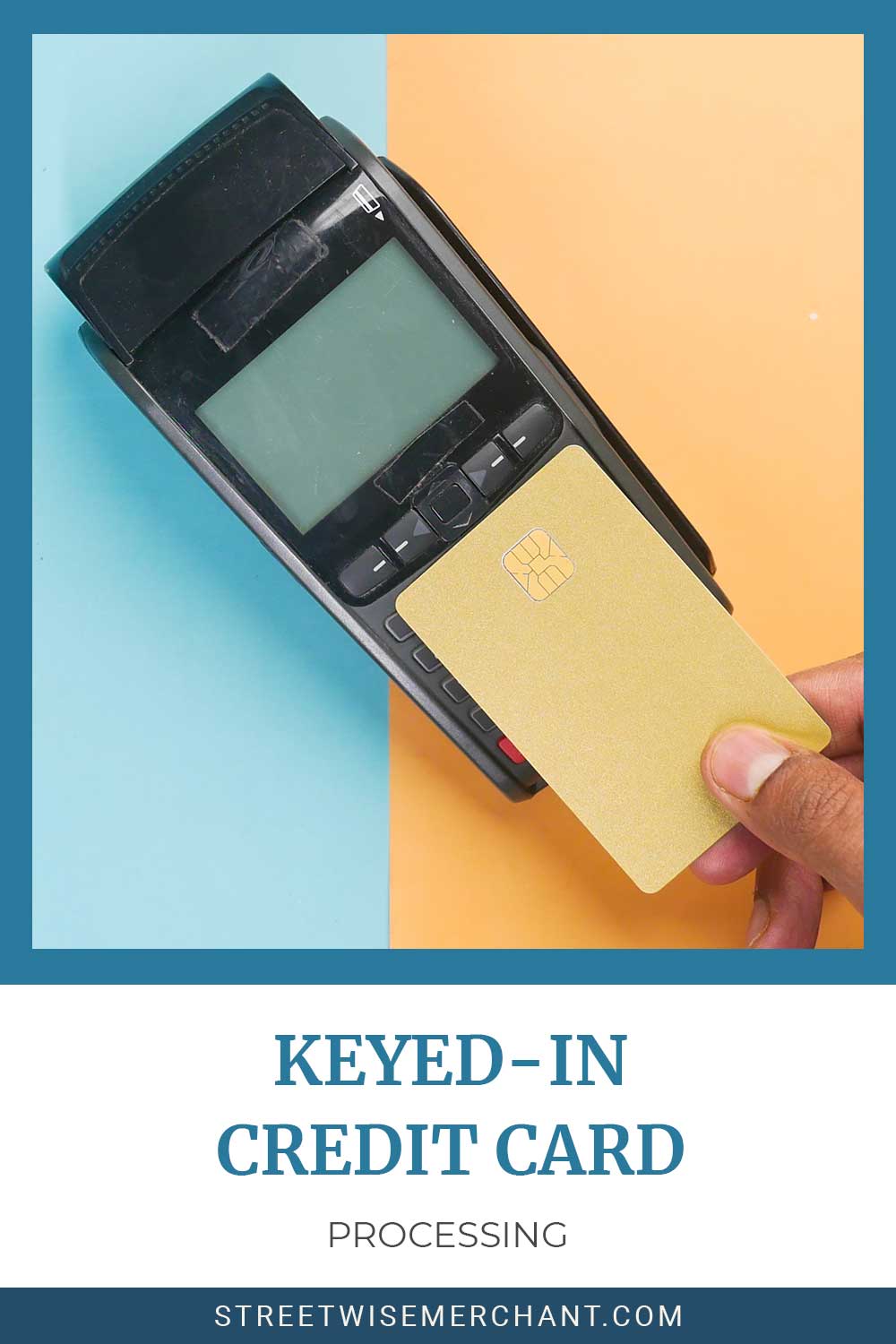When it comes to processing credit card transactions for your business, no matter if you’re an online or Rick and mortar business, you’re looking at a very intricate process.
After all, there are multiple ways you can process a credit card, and you’re also dealing with your customer’s bank accounts.
When you think about ways that you can process credit cards, most people think about swiping and tapping nowadays. But there is one way most people overlook, which is keyed in credit card processing.
This is where an individual will hand type in the credit card information into their POS system. But what exactly is a keyed-in, and what does a business owner need to know?
In this article, we’re going to take a look at that and a few other key pieces of information that we give to business owners when it comes to keyed-in credit card processing.
What Does Keyed Mean for Credit Card Transactions?
When you are discussing keyed- in credit card transactions, it is the process in which the business owner manually types in the customer’s credit card information into their POS system.
There, of course, is a process to running a keyed-in credit card transaction, and here’s a look at that:
- The salesperson must have physical contact with a credit card so they can read the information. They then will select a manual option on their P OS processing software.
- After that, they will follow the prompts on the screen and enter the card number, expiration, and CVV code. Some may require more, like a billing address or a zip code.
- After that information is entered, they then can just follow the rest of the prompts that the P OS system gives them, and then the transaction is complete.
Why are Keyed Transactions More Costly?
Keyed-in transactions, though, will cost more, which may be one of the biggest disadvantages of executing one. This is because when a business runs a keyed-in transaction, it is labeled as a card, not a present transaction.
Labeling it as such means there is a higher risk of it being fraudulent, which means it’s riskier.
Because of this, the bank in question charges the business higher fees to compensate for the potential of this being a counterfeit credit card or a fraudulent transaction.
What is Keyed and Swiped?
We have discussed what keyed-in credit card processing is. It is the act of manually entering your customer’s credit card information into your POS at the time of a transaction. But there is also a swiped option when it comes to transactions.
This is the cat of actually swiping your customer’s credit card at the end of a transaction. The two can be combined, though. This is the act of swiping and then keying in certain pieces of information.
It often happens when the POS system is unable to read all the information on the magnetic stripe. For instance, you may need to add a zip code or manually enter the CVV.
What are the Risks of Keyed-in Credit Card Processing?
Kitten transactions often appear fraudulent since the company is unable to verify that the credit card was present at the time of purchase. This can cost a lot of money for the processor as well as the business.
This is the biggest risk when doing keyed-in transactions. There are some things that the processors actually put in place in order to reduce the risk in these types of transactions.
But the main one is that they put higher fees on keyed-in transactions so that if they happen to be fraudulent, they can cover any expenses from that.
What are the Advantages of it?
There are plenty of risks involved, particularly in the fraud area. When it comes to keeping end transactions, there are some advantages that need to be discussed. The three big advantages are:
- A keyed-in transaction is actually more convenient for the customer. This is because they don’t have to be present and can make the purchase over the phone or via online portals.
- Because it is so convenient, a business may see increased sales when utilizing keyed-in transactions. (Though this will mean more fees will be added to the bottom line as there is a higher charge for processing these.)
- Technology brings with it the chance of errors. Computers break down, and POS systems go haywire and software gets corrupted. All of these can cause problems on the back end. But by keying in things, you’re taking out that technical error aspect.
Final Thoughts on Keyed-In Credit Card Processing
Manually keyed-in transactions are not necessarily a bad thing. Though you will accrue higher fees when processing them, they come with some advantages, like ease of use for your consumer and fewer technological errors.
